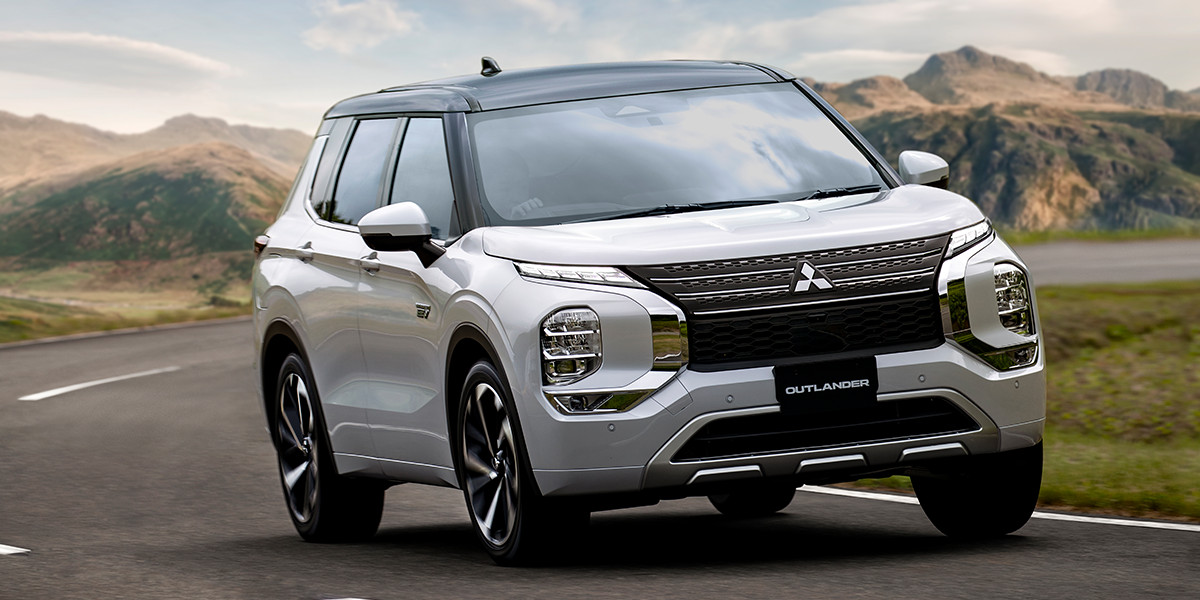In the fast-paced world of social media, viral campaigns represent the holy grail of digital marketing. The ability to reach millions of people within a short time frame, all while generating buzz and engagement, is something every brand aspires to achieve. However, not every campaign is destined for virality. The success of a viral social media campaign hinges on a combination of creativity, timing, audience engagement, and sometimes, a bit of luck.
In this article, we’ll delve into the anatomy of viral social media campaigns, explore successful examples, and provide actionable strategies for crafting your own viral masterpiece.
What Makes a Social Media Campaign Go Viral?
Before diving into strategies, it’s essential to understand the key elements that contribute to a campaign’s virality. While there’s no surefire formula, successful viral campaigns typically share the following characteristics:
Relatability and Emotion
Campaigns that tap into the audience's emotions—whether it's joy, sadness, excitement, or nostalgia—are more likely to resonate and be shared. People tend to share content that reflects their feelings or experiences. For example, the “#LikeAGirl” campaign by Always broke gender stereotypes and empowered women, which led to widespread sharing and engagement.
Creative and Unique Content
Creativity sets viral campaigns apart from the ordinary. Whether it’s a catchy slogan, an innovative use of technology, or a humorous take on current events, creative content grabs attention. The ALS Ice Bucket Challenge, for example, combined a simple yet unique idea with a good cause, leading to an unprecedented level of participation and donations.
Strong Call-to-Action (CTA)
A compelling CTA encourages the audience to participate, share, or contribute to the campaign’s cause. The most effective CTAs are simple, clear, and actionable. For instance, the “Share a Coke” campaign by Coca-Cola invited consumers to find bottles with their names and share their experiences on social media, creating a personalized and interactive experience.
Timeliness and Relevance
Virality often depends on the timing of the campaign. Capitalizing on current trends, events, or social movements can significantly boost a campaign’s chances of going viral. The success of Oreo’s “Dunk in the Dark” tweet during the Super Bowl blackout is a prime example of how real-time marketing can capture attention and drive engagement.
Platform Optimization
Understanding the strengths and weaknesses of each social media platform is crucial. A campaign designed for Twitter may not perform well on Instagram or LinkedIn. Tailoring content to fit the platform’s format and audience is key to maximizing reach and engagement.
Successful Viral Social Media Campaigns
Let’s explore some of the most successful viral social media campaigns and the strategies behind their success.
Dove’s “Real Beauty Sketches”
Campaign Overview: Dove’s “Real Beauty Sketches” was a part of their broader “Campaign for Real Beauty,” aimed at promoting self-esteem among women. The campaign featured a forensic artist drawing women based on their descriptions and then again based on the descriptions provided by others. The contrast between the two sketches highlighted the gap between self-perception and how others see us.
Why It Went Viral: The campaign struck a chord with millions of women worldwide, evoking powerful emotions related to self-image and beauty standards. The video was shared widely, amassing over 114 million views in just a month. Its message of empowerment and self-love was universally relatable, driving engagement and discussions across various platforms.
Key Takeaways:
- Emotionally Charged Content: The campaign’s success was rooted in its ability to connect emotionally with the audience.
- Universal Message: The theme of beauty and self-esteem resonated with a broad audience, making it highly shareable.
- High-Quality Production: The professional and cinematic quality of the video helped it stand out and gain traction.
Old Spice’s “The Man Your Man Could Smell Like”
Campaign Overview: Old Spice revitalized its brand with the “The Man Your Man Could Smell Like” campaign, featuring the charismatic and humorous Isaiah Mustafa. The ads were quirky, fast-paced, and full of over-the-top scenarios, which quickly captured the audience’s attention.
Why It Went Viral: The combination of humor, catchy dialogue, and memorable visuals made the campaign instantly shareable. Old Spice also leveraged social media by responding to fans’ comments with personalized videos, creating a sense of engagement and interaction.
Key Takeaways:
- Humor and Entertainment: Humor is a powerful tool in marketing, and Old Spice used it effectively to engage and entertain.
- Interactive Elements: By responding to fans on social media, Old Spice turned a one-way campaign into a two-way conversation, increasing its virality.
- Memorable Branding: The campaign’s distinct style and messaging reinforced Old Spice’s brand identity, making it easily recognizable.
Nike’s “Dream Crazy”
Campaign Overview: Nike’s “Dream Crazy” campaign, featuring Colin Kaepernick, was both bold and controversial. It celebrated athletes who pursue their dreams, regardless of the obstacles, and encouraged people to “Dream Crazy.”
Why It Went Viral: The campaign sparked widespread debate and conversation due to its association with Kaepernick, who had become a polarizing figure in the U.S. The ad was widely shared, discussed, and even parodied, which kept it in the public eye for an extended period.
Key Takeaways:
- Bold and Provocative: Nike took a risk by aligning with a controversial figure, but it paid off by generating significant attention and brand loyalty.
- Cultural Relevance: The campaign tapped into current social issues, making it highly relevant and impactful.
- Strong Brand Identity: Nike’s commitment to its core values of perseverance and determination resonated with its audience, strengthening its brand image.
Ice Bucket Challenge
Campaign Overview: The ALS Ice Bucket Challenge was a social media phenomenon where participants would dump a bucket of ice water over their heads and challenge others to do the same, all in the name of raising awareness and funds for ALS research.
Why It Went Viral: The challenge’s simplicity and the opportunity for participants to nominate others created a ripple effect that spread like wildfire across social media. Celebrities, politicians, and everyday people participated, helping to raise over $115 million for ALS research.
Key Takeaways:
- Simple and Fun: The challenge was easy to participate in, making it accessible to a wide audience.
- Social Proof and Peer Pressure: The nomination aspect created a sense of obligation and urgency, encouraging more people to join in.
- Integration with a Cause: Tying the campaign to a charitable cause added a layer of purpose, motivating people to participate.
Strategies for Crafting a Viral Social Media Campaign
Now that we’ve examined some successful campaigns, let’s break down the strategies that can help you create a viral social media campaign.
Start with a Strong Idea
Every viral campaign begins with a compelling idea. This idea should be creative, original, and aligned with your brand’s values. Brainstorm with your team to come up with concepts that are not only innovative but also resonate with your target audience.
Understand Your Audience
Knowing your audience is crucial for creating content that resonates. Conduct market research to understand their preferences, pain points, and interests. Tailor your campaign’s message and tone to align with what your audience cares about most.
Leverage Emotions
As seen in the examples above, emotions play a significant role in content sharing. Whether it’s humor, inspiration, or nostalgia, tapping into emotions can significantly increase the likelihood of your campaign being shared. Consider what emotional response you want to evoke and craft your message accordingly.
Incorporate a Strong Call-to-Action
A clear and compelling CTA can drive participation and sharing. Whether you’re asking users to share a post, participate in a challenge, or purchase a product, make sure your CTA is prominent and easy to follow.
Optimize for Each Platform
Different platforms have different audiences and content formats. Optimize your campaign for the platform you’re targeting. For example, short, snappy videos may perform well on TikTok, while more detailed, visual content might be better suited for Instagram.
Utilize Influencers and Partnerships
Collaborating with influencers or partnering with other brands can amplify your campaign’s reach. Influencers have built-in audiences that trust their recommendations, making them powerful allies in spreading your message.
Create Shareable Content
Your content should be something people want to share with their friends and followers. This could be because it’s funny, informative, or emotionally impactful. Make sharing easy by including social sharing buttons and encouraging users to spread the word.
Monitor and Adapt
Once your campaign is live, monitor its performance closely. Use analytics tools to track engagement, shares, and overall reach. If certain aspects of the campaign aren’t performing well, be prepared to make adjustments in real-time to optimize results.
Engage with Your Audience
Engagement doesn’t stop once the campaign is launched. Respond to comments, acknowledge shares, and interact with your audience. This two-way communication can help build a community around your campaign and keep the momentum going.
Capitalize on Timing
Timing is everything in the world of social media. Align your campaign with relevant events, trends, or cultural moments to maximize its impact. For example, launching a campaign during a major sporting event or tying it to a popular holiday can increase visibility.
Consider User-Generated Content
Encourage your audience to create content related to your campaign. User-generated content (UGC) not only increases engagement but also builds a sense of community and trust. The #ShareACoke campaign is a great example of how UGC can drive a campaign’s success.
Prepare for the Unexpected
While you can plan and strategize, the unpredictable nature of social media means that anything can happen. Be prepared to respond to unexpected opportunities or challenges that arise during the campaign. Agility and quick thinking can turn potential setbacks into viral moments.
Viral social media campaigns are not just about luck—they’re the result of careful planning, creativity, and a deep understanding of your audience. By studying successful campaigns and implementing the strategies discussed above, you can increase your chances of creating a campaign that not only goes viral but also delivers real business results.
Remember, the goal of virality is not just to be seen, but to make a lasting impact that strengthens your brand, engages your audience, and drives meaningful action. With the right approach, your next social media campaign could be the one that everyone’s talking about.






















